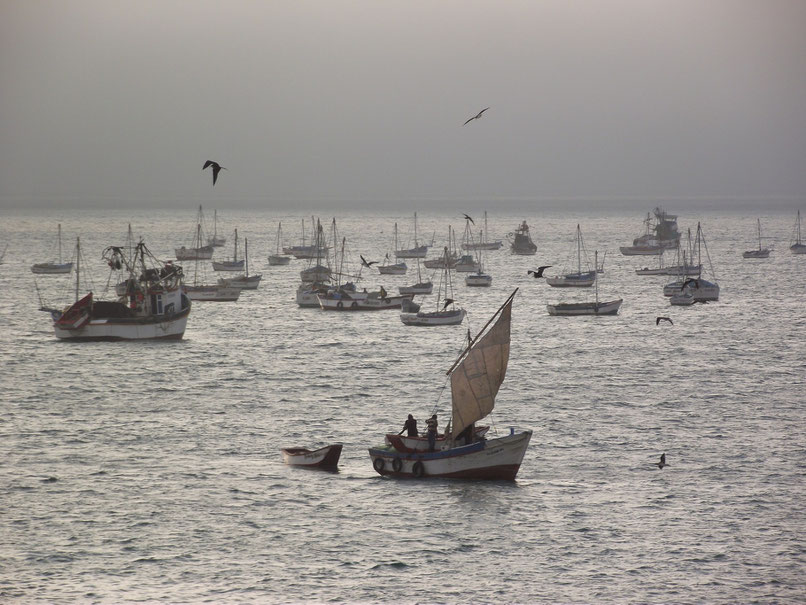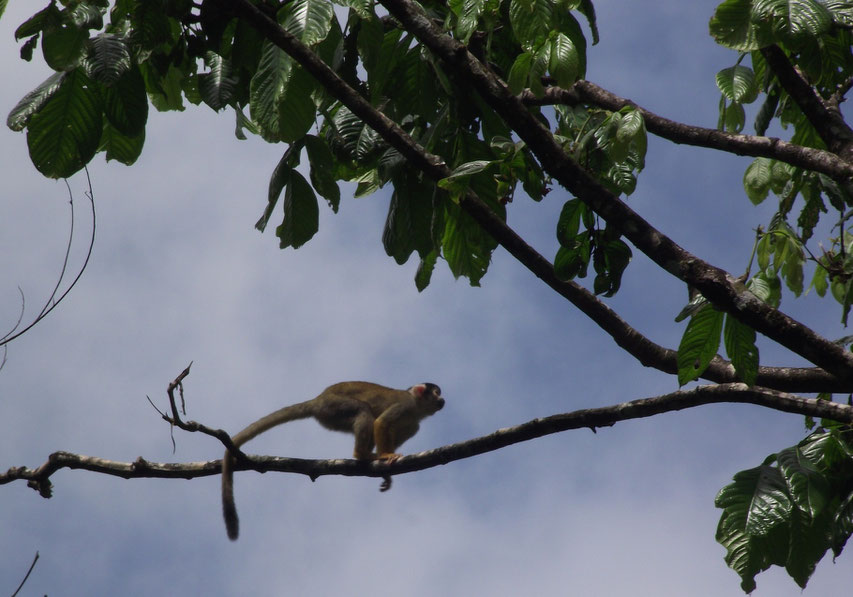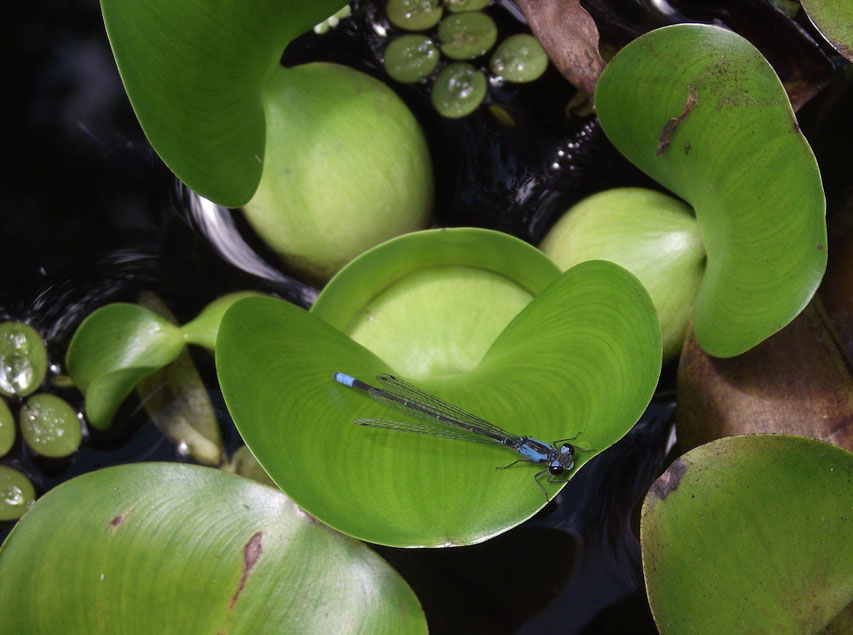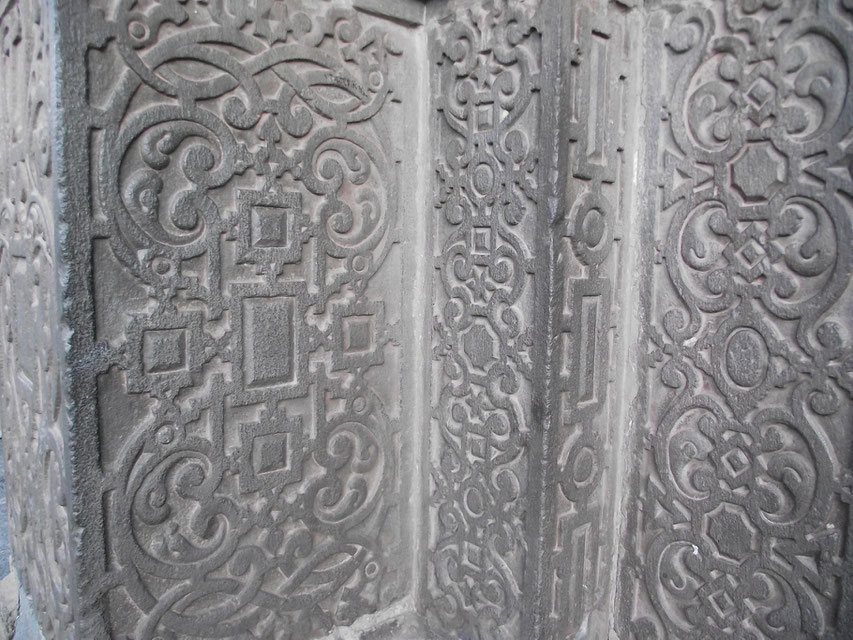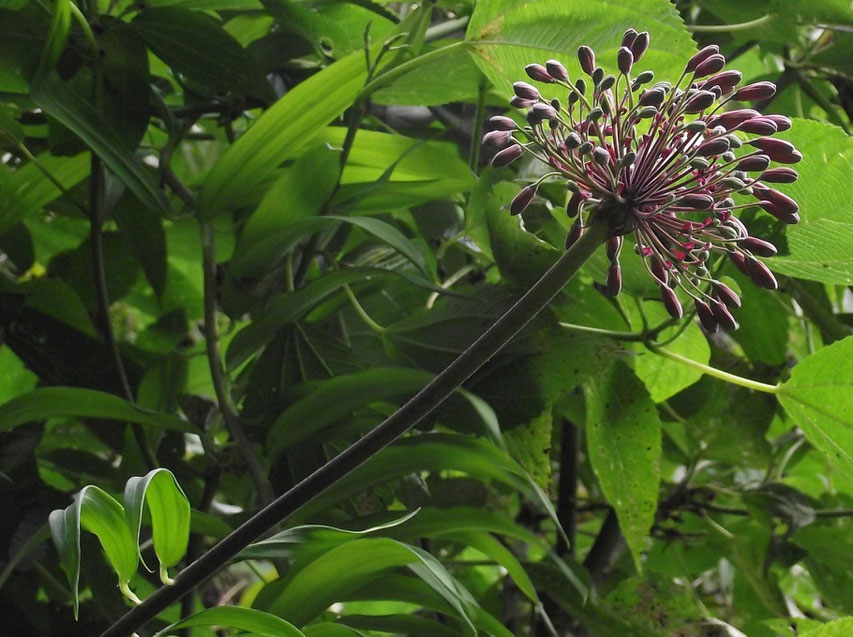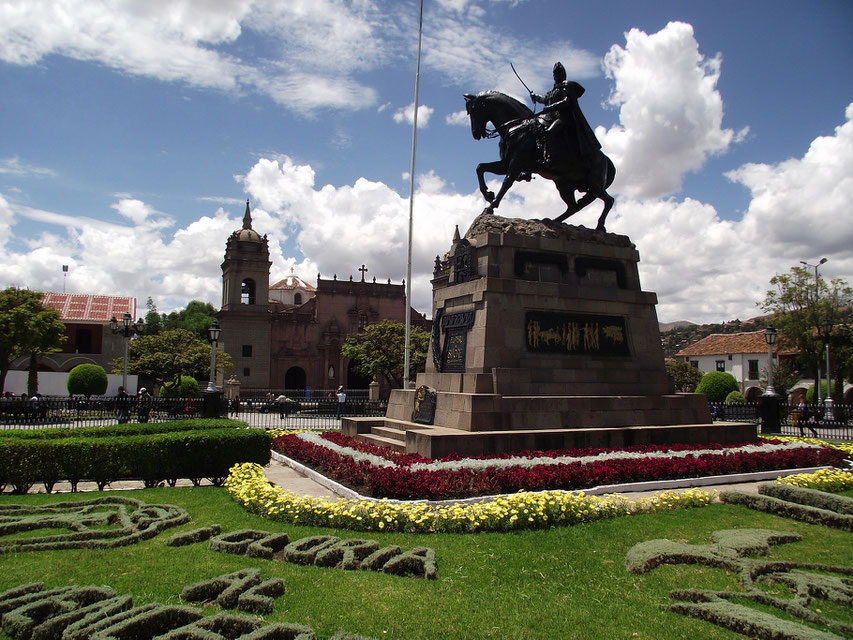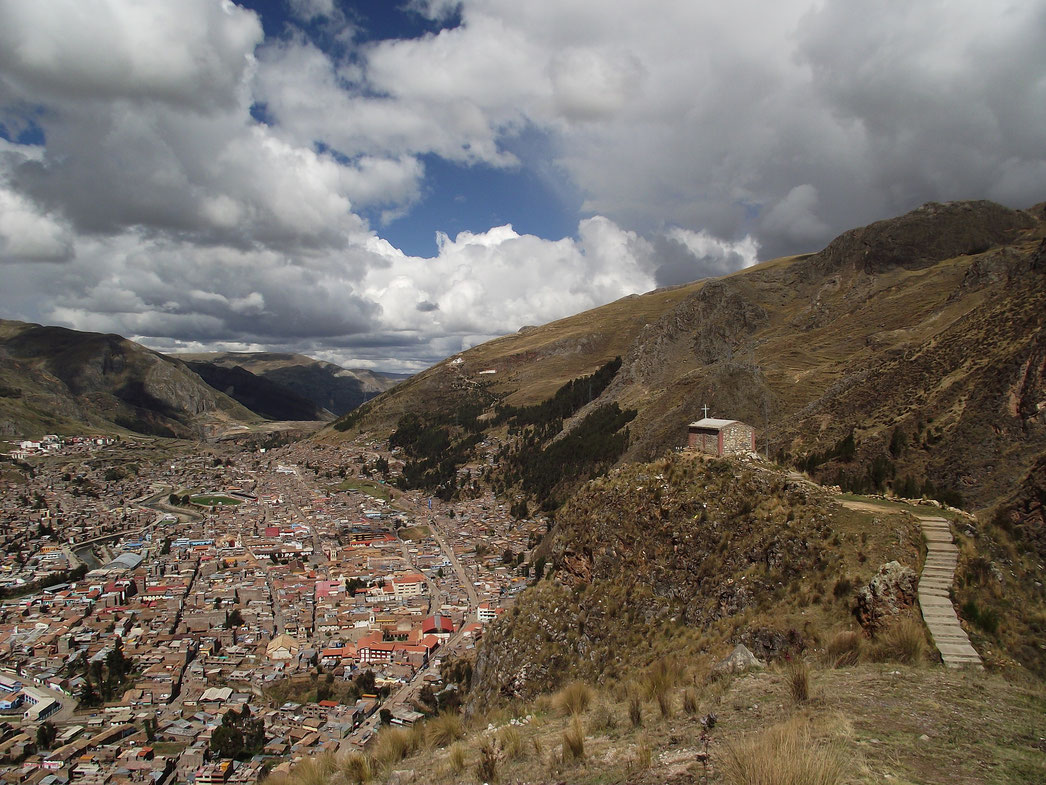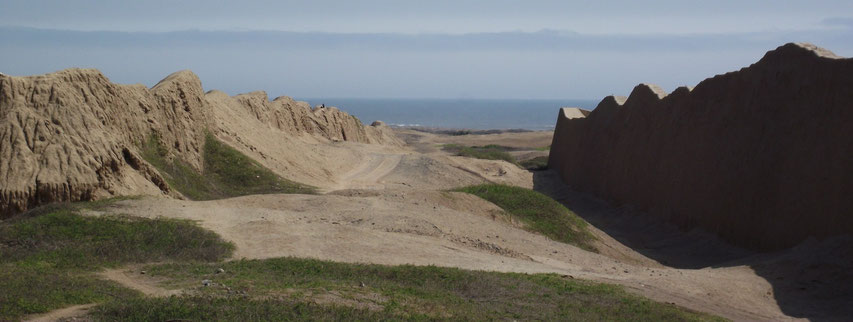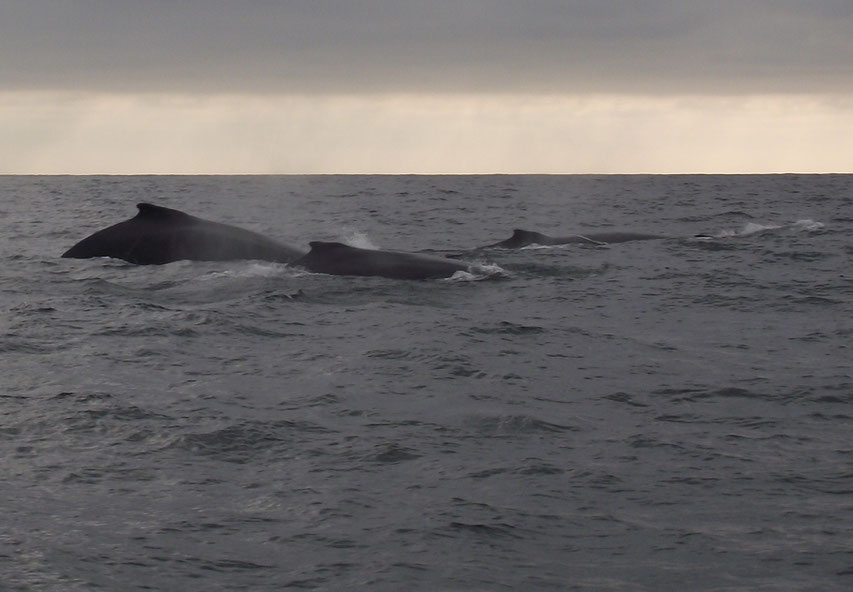Latin America and the Caribbean
Inspiration:
More...
Behind the Scenery — Plastic Pollution and Some Small Ways to Help.

Painfully brought to the public's attention by the genius series Blue Planet II, plastic pollution has been a hot topic this year. As bloggers, photographers and general Planet Earth enthusiasts, it's easy to present the places we love as we wish they were; to crop out the ugly parts or direct our cameras elsewhere. This collaboration is an attempt to rectify the rose-tinted vision we have often portrayed. Nowhere is left unaffected by the plastic plague.
Why and how we should be trying to preserve our Oceans.

Having spent quite some time ranting about the refugee crisis, I wanted to write about something else close to my heart, incredibly
important, but not yet personal enough to make me shake with rage.
Covering almost three-quarters of the Earth, holding 97% of our water, producing almost half of our oxygen and absorbing carbon from the atmosphere, I can't exactly overstate how important oceans
are to our planet's survival. Despite being vital to our economies and way of life, gone are the days when it was possible to believe the deep blue sea was simultaneously an infinite wealth
of resources and an invulnerable dumping ground.
Camping spots that make you wonder why we ever sleep indoors.
This collaboration of magical camping spots has taken an embarrassingly long time to put together, but I can't help but feel proud of the result. With some of my traveller idols, friends and even family involved, it's hard to decide if I'm more excited by the contributors or the places they have written about. If this doesn't persuade you that you don't always want to sleep with a roof over your head, then I'm happy to keep the wilderness for myself.
Bumbling through central Bolivia- crazy cities and very many monkeys.
I've been putting off writing this for months...
My last post from Bolivia? The last post from South America and the eight month adventure that Dan and I drew out for as long as physically possible. We had to fly back at the beginning of this year- it's already April, but I still can't quite get over it!
Anyway... the post is entitled "bumbling" as by this stage in the journey we had extremely dwindling funds and really no idea what we were going to do for another two months. Not everywhere we went I could recommend, but I'll share all the information in case you find yourself in a similar situation. Otherwise just sit back and enjoy the monkeys.
Dangers, disasters and dodgy situations in Peru and how to avoid them.
Peru is an incredible country with culture and wildlife as varied as the landscape. A mountainous spine teeming with archaeological sites and home to many proud indigenous communities divides the land between the desert like coast line and the Amazon.
With the fastest growing level of tourism in South America, increasing a whopping 25% annually* and now taking its place as Peru's third largest industry, you could be forgiven for thinking there is safety in numbers. Maccu Pichu is top of many backpackers “bucket-lists” and the country as a whole has been a firm favourite on the trail for several decades. With all this in mind, I was surprised to hear of more traveller disasters in Peru than I did in either Colombia or the capital of Trinidad and Tobago.
Why was that and how can you avoid the potential problems?
El Jardin eco-campsite and accommodation, Samaipata, Bolivia.
Having spent a week or so hopping from one nasty, [relatively] expensive accommodation to another, we were heading to Samaipata in the hopes of finding a peaceful campsite. Being enormously ripped off on a long, hot day of buses, I was feeling quite miserable by the time we arrived. It was dark, raining, everything was soggy and I wasn't appreciating being stuck back in our one-man tent. Balancing electronics and valuables on a mountain of shoes, under waterproof coats in our 'porch' to stop the water from destroying them didn't lead to the most restful night's sleep.
Waking up groggy with sun, I found El Jardin more intriguing than I could have imagined...
Falling down the rabbit hole- life in the woods at Espiral de Luz, Samaipata, Bolivia.
I've been struggling over this post for week - how to explain my two month hiatus, how to cobble my words and photographs into describing my total infatuation with this little patch of woodland. It's been twenty-six days since we were forced to leave, but I still wake up expecting to hear the sound of insects, before realising the sad truth and missing the beautiful simplicity of that life. I'm finding it hard to move on, to step forward into modernity and realise I don't like the way the world is going, but lets start at the beginning.
Coiroco- tropical garden of the Yungas, Bolivia.
The Yungas, where the rain-forest begins to creep into Bolivia's towering mountain range, are just a few hours North of La Paz, but an entirely different world when you actually arrive. With panoramic views of tree coated mountains from the picturesque town centre, Coiroco seemed like a promising beginning for an adventure.
Lake Titicaca: Copacabana and the Isla del Sol.

Please note: this post was written in 2014, so the situation is likely to have changed.
Entering Bolivia at Copacabana, it's hard to remember this is a landlocked country. Wide enough that the horizon is flat in places, with sandy beaches and the occasional seagull, Lake Titicaca is a beautiful concession for the Bolivian's stolen coastline.
The high road: Ayacucho to Cusco
For useful strictly travel information see the bottom of this post. Information was correct in 2014 and hopefully hasn't changed too much!
I'm finding it hard to decide whether I love or hate the pompous postcard material photo above, but it gives you a good idea of the grandeur of this city. Ayacucho, a name I´d never heard a couple of weeks before arriving, feels a world apart from other cities we've visited in Peru. Unlike the crumbling concrete structures of other metropolises, here we found well maintained colonial structures, wide, clean streets and an air of independence. With an interesting but troubled history, only connected by a paved road to the outside world in 1999, Ayacucho has developed differently to elsewhere.
The high road: Huancayo, the train and Huancavelica.

After arriving in the North of Huancayo (a city of over 300,000 people), trekking to the East only to find an enormously overpriced campsite and then finally walking all the way down to the South with our bags, in the dark with rain lashing down on us and thunder in the background, we were exhausted and predisposed to dislike the city. Luckily a fantastic Chifa (Peruvian Chinese food), meeting up with our friends Coraline and Greg and exploring the never-ending market improved our experience greatly.
This market, possibly the biggest I've seen in South America, was a great place to buy anything from reasonably priced knitted handicrafts and delicious snacks, to a new lead for Dan's camera. It took us the best part of a day to explore.
The friendly city of Chiclayo.
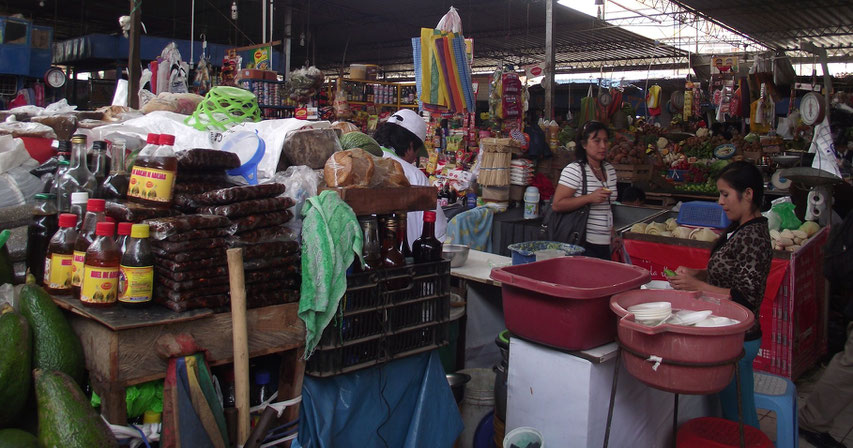
Chiclayo wasn't the sort of place I'd really expected to like: with quarter of a million people, backstreets smelling strongly of urine and a constant sound of beeping taxi horns, it was not at first glance a very appealing city. Actually the fact we ended up staying there at all was mostly a misunderstanding with the buses, so my expectations were low.
Hospedaje San Lucas has such a tiny entrance that we walked past a couple of times thinking it must have shut down before spotting the faint blue 'backpackers' on a yellow door frame. However, after being greeted by a remarkably friendly lady and discovering we had our own room with bathroom for S40 (about £4 each), we decided to stay a while to see what Chiclayo had to discover.
Cabo Blanco- a safe haven in Peru.
By the time we left Mancora, our first stop in Peru, Dan and I were feeling pretty down. Although nothing terrible had happened, we'd spent too much time in tourist hell-holes, been ripped off a bit too often and just felt a little out of our Spanish speaking depth in the dirt-cheap campsites we'd been staying in. To make matters worse, a manic, middle-aged Australian woman approached us in Guayaquil bus station asking for $10, quickly changed her story and ran off with the money without saying thank-you. The final straw came when, after only managing to hitchhike about 50km all day, our final lift turned out to be an "unmarked taxi".
We were on the edge of the mountainous desert- the out of sight coastline on our right and the desolate town El Alto on our left. Both directions seemed like a long hot walk, so when a truck stopped to ask us if we wanted a lift down the cliff road we jumped straight in the back.
Safety warning: Huanchaco taxi robbery, Peru.
A French couple, friends of ours, left the campsite at 8.30pm to catch a night bus from the nearest town Trujillo. Three or four hours later they returned with bruises on the man's face and having lost almost everything they owned. The story unfolded like this...
Whale watching, fishy street-art and hitchhiking Puerto-Lopez to Ayangue.
Bouncing along in the back of a fish-truck we watched the parched, cactus territory along the coastline turn to lush forest. With isolated micro-climates changing the scenery from place to place, Ecuador is amazingly varied for its size. Winter is warmer than Summer here, but the only season I didn't want to miss was when Humpback Whales come to mate. We'd spotted a few from the beach at Puerto Cayo, but it's hard to get a sense of scale at distance and I really wanted to see them up close.
Fishing boats of Manabi province, Ecuador.
The coastline of Ecuador's Manabi province is dotted with fishing villages. Each boat is carefully decorated in the style of it's owner and the fishermen are understandably proud to show them off.
Wandering along the beach at Canoa
At weekends, the stretch of beach directly in front of Canoa's town centre is mayhem. There are hippies selling jewellery, places to buy fresh fried octopus and the usual pot-bellied middle-aged men lying prostrate on the sand. Occasionally you might even see clueless tourists bobbing along on horses which will only move if chased by a man running behind with a whip. You'd be lucky to find a couple of square meters to lay out your towel and turn your head away for a second too long, your bag might disappear.*
Mindo: hummingbirds and butterflies, but not really a waterfall.
Camping next to the river, surrounded by cloud forest, with the occasional eagle swooping overhead, we've spent most of our time in Mindo cooking.

A final few days of celebration and a sad farewell to La Esperanza.
There have been few places in the world that have brought tears to my eyes when it came to time to leave. As I'm sure I've made quite obvious in my last four(?!) posts about La Esperanza, Dan and I really loved living there. This post isn't going to be very informative, but mostly a thank-you to the friends who made us feel so welcome in the village.
We finished painting the house just in time for fiesta of San Juan. This was the third fiesta we'd been part of in La Esperanza and by far the most extravagant. There were lavishly decorated vehicles throwing out sweets and roses for spectators and several parties of costumed dancers; everyone was wearing their finery and some people even brought their animals along to display.

Casa Aida- A Home Away From Home.
Usually when I see signs outside a hostel stating it to be my 'Home Away From Home' or similar cliques, the sceptical voice in my head replies with something sarcastic.
Thankfully this time I was proved entirely wrong!

The third house we've painted this year...
As you might have seen in my previous post about the history of Casa Aida, the hostel was beginning to look a little run down...

Why are we still in La Esperanza? -Northern Ecuador
I think it must be well over two weeks since we bumbled into La Esperanza- I've lost track and Dan has no idea. For anyone travelling between Ecuador and Colombia, this is a perfect spot to relax before or after dealing with the border crossing. Probably the best way to explain this tiny, slightly dilapidated town's hold on us is to show you it's setting...
Casa Aida- a story to restore your faith in life.
Our home for now is a tent in the garden of Casa Aida, a lovely hostel in the tiny village of La Esparanza, Northen Ecuador. This afternoon we were lucky enough to hear the story of where it came from- it's probably the most beautiful I've ever heard...
In the early seventies, with no money after a messy divorce, Aida was searching for somewhere to live with her three children. She came from Quito to look at house here in La Espranza, but was disappointed to find that for 75,000 sols it was barely habitable. In a very bad condition, filled with rubble and weeds, with a tiny dirty kitchen and no bathroom, it was hardly a house at all. She went away disheartened, but after struggling for another couple of months in the capital was persuaded by some friends to come back for another look. 75,000 sols was the equivalent of $3 (current US money), but a lot to save in Ecuador at the time and not an amount she owned, but nobody else had come to look at the property in the mean time and the owner was desperate to sell. Eventually they agreed upon a trade- Aida exchanged a record player, some cutlery and furniture for the house!
The children weren't impressed, but with no money to rent it was their only option. Aida did her best to clean up the house, getting rid of the rodents and rubble, but couldn't find a job in La Esperanza. Out of desperation, she started to travel to Ibarra* each night to sell burgers. For a pathetic 100 sols a night, she was having to leave her children locked alone in a room and hide her face from the other night-time lurkers ("the homeless, thieves and ladies of prostitution") in the bus station each night. With no time for sleep herself, getting the children up for school and trying to make the house habitable in the day it wasn't sustainable. Eventually she found work ironing and embroidering shirts here in La Esparaza, but was still having to work from 6pm until morning to iron enough shirts to feed her children. Life was desperate and Aida grew pale and thin from the stress and fatigue.
One night she heard talking outside in a foreign language- it wasn't Spanish, English or the local language here, but turned out to be a group of twelve Italian hippies. They had come in search of the magic mushrooms which use to grow here and asked if they could pitch their tent on her land as they looked so poor and dirty that no hotel in Ibarra would take them. Aida saw that their tent was very small for so many people and said they could stay inside if they cleaned a room to sleep in. They cleaned it well, built a fire in the middle, and each morning asked if they might be allowed to stay another night. In the end they were here for ten nights and told her it was paradise. She didn't believe them when they told her she should set up a hostel, as she had nowhere fit to invite people to stay or the money for materials. Nevertheless, the hippies spread out fliers around Ecuador and thirty-five people came the next week. When they arrived, Aida told them they couldn't stay as she had no bathroom or fit place for them to sleep, but they didn't mind. The hippies camped in her garden and built her a bathroom outside. Over time, more and more travellers came and handed around a cardboard collection box for the hostel.
It turned out that these hippies were actually the children of rich European families and Aida was soon collecting 7,000 sols a day. She bought supplies and materials and eventually built a block for people to stay in. The first guest in the rooms was a very small homeless man who couldn't speak when he arrived at her door one day. She fed and cleaned him up and says that this is why "God has shined on her so brightly".
One day some American travellers came to La Esparanza looking for a place to eat. They asked her if she made food and she said yes as she was making some for the children. When they'd finished they asked her how much it cost, but she said she didn't know- she wasn't intending to charge them and had just felt sorry that they'd come such a long way and not found anywhere for dinner. The Americans carried with them a European furniture book which Aida liked very much. I could see in her expression as she told the story how much she dreamed of having those nice wooden tables and benches for people to sit at. As the Americans left, she was very sad that the book was gone, but half an hour later they returned and gave it to her as a present.
Soon afterwards, Aida took children into Ibarra and looked for a furniture maker to show the book. She wanted four tables and eight benches, but they were too expensive for now and it would take her a couple of months to save the money. Less than a month later however, the man came to her house with all the benches and tables. She felt horribly guilty for not having the money yet, but he said they would look lovely with table cloths and flowers in what could be her dining room and that he would exchange them all for the book.
In the following months and years Aida built more and more accommodation, got better facilities and provided food for her guests who were coming in such numbers that they had begun to rent the neighbouring houses too.
Life was charmed for her family and guests until one day the local people reported her to the police. Arriving with nothing, she now had so much money that, jealous, they thought she was selling drugs. They searched the house and all the rooms but found nothing.
This was in the 70s and since then thousands of people (including Bob Dylan, members of Pink Floyd, Manu Chao and Joan Baez) have stayed here. Casa Aida is still going strong! Now Aida makes great food for her guests, there is hot water, wifi and everything a simple minded traveller could hope for along with an incredible setting and her friendliness which I don't imagine has changed over the last forty years. She says that as you age your face will become different, but your heart always stays the same. It's a magical place even without the mushrooms and I'm glad that, just sometimes, good people get what they deserve.
It now costs $8 a night for a bed or $4 to camp. For another $8 a day you can get a delicious breakfast and dinner too.
*Ibarra is the nearest town about 5km away, but at this time the road must have been very bad and busses probably less regular.
San Agustin- Ancient Civilisations, Tasty Colombian Specialities and an Incredible Mountainous Landscape.
I don't know if it's just me, or maybe the presence of so many horses and those hats, but San Agustin feels a bit like the Wild Wild West. This small, isolated town up in the mountains of Southern Colombia is picturesque, but would never have been considered any more remarkable than its neighbours had it not been for the discovery of the largest group of religious monuments and megalithic sculptures in the whole of South America. It must have been quite some excavation!
Firstly though, the town itself is worth exploring: there are plenty of cheap, tasty places to eat, people are friendly and they've really been very patient as we've tried out our limited Spanish with them. I've been trying to capture some of the locals going about their every day lives. I find taking portraits very difficult, but this horse was tied up and therefore fair game...
Bogota- Street-Art, Couchsurfing and World-Cup Madness.
With a mildly dangerous reputation and generally miserable weather, Bogota isn't somewhere I'd have been attracted to had it not been our entry point into Colombia. At a first glance it isn't the prettiest city. The mountains to the East make the skyline impressive from some angles, but the streets generally look a little unloved. Give the city a chance though and look a little closer, Bogota's soul lives in it's people.
Our first Work-Away experience.

We spent the last three weeks living and working on Tobago with a voluntary job we found through the website www.workaway.info. I don't think Sparkle and her family would be offended if I said that the back of Angel Apartments looked pretty dingy when we arrived...
A short note on flying to Colombia with a one-way ticket.
After our minor fiasco getting through immigration in Trinidad, I wasn't keen for anymore airport problems. The official warning for flying to Colombia (and a lot of South America) is that you 'might' be asked for proof of a departure ticket. That wasn't all that encouraging, but further internet research told me that this was pretty outdated and that we were unlikely to get trouble on the Colombian side.
Unfortunately though, according to a variety of conflicting advice I found on travel forums, some of the American airline officials take it upon themselves to enforce this rule before you even get on the plane. This is obviously a scam to make you buy a useless return ticket on the spot. Although it's possible to get a refundable one, I didn't much fancy sorting out the paperwork while trying to travel in South America without a working phone or easily accessible internet. We also didn't have any spare cash to tie up in a useless flight.
I started worrying (a refined talent of mine) about a week before we flew. We were generally too busy to talk about it, but it was always in the back of my mind. What if the flights were too
expensive and we got stuck in America? Would they send us back to Trinidad, to England or just leave us stuck in the airport until we could figure out an answer. It would probably have been the
latter option and I didn't fancy that at all.
We flew from Tobago to Trinidad to Miami with no issues worse than hunger, but our flight out to Bogota wasn't until the next morning. I don't think I would have slept well in Miami even if it
hadn't been for the bright lights and continuous elevator Jazz music.

Cooking on Tobago- How to make Coconut Bake.

People on Tobago really love their food! Dan is a much better cook than me, so I've asked him to explain how to make this tasty local recipe at home...
Coconut Bake is a type of savoury flat bread which is eaten for breakfast in Tobago. It's delicious when eaten with saltfish or herrings or just on its own with a bit of butter and jam. Debbie Taylor*, the chef at CasCreole restaurant in Castara, taught me this recipe. Traditionally bake is supposed to be unleavened but Debbie recommends a little yeast in order to make the bake a bit lighter.
Castara, Tobago- "Just a Small Part of Paradise"
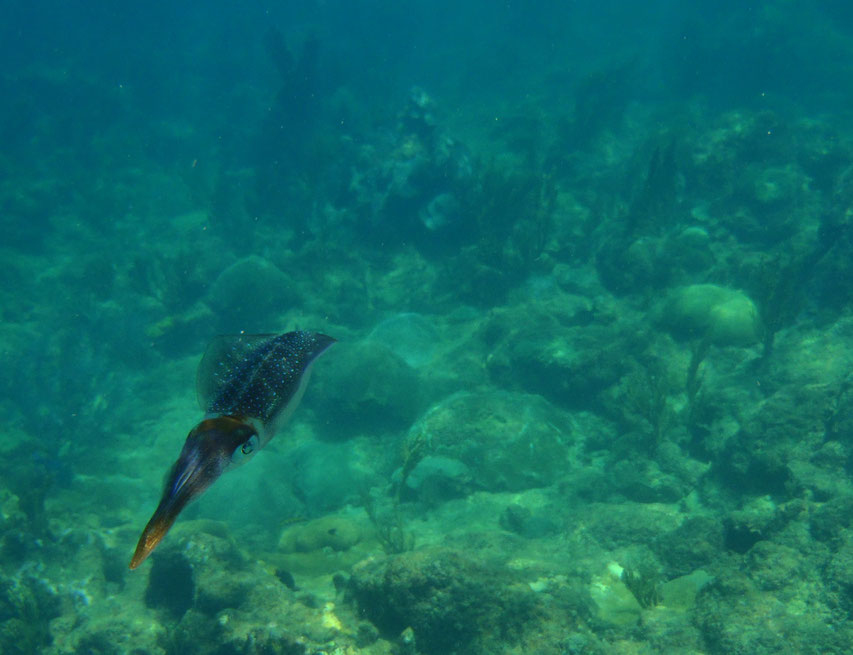
We were talking to Benny, a drunk Rastafarian man, down at Little Bay's beach bar one evening. He'd been rambling for a while, but Dan and I were tired and happy to let him do the talking, only interjecting with the occasional "oh wow". He likes living here in Castara as he grow his own food, catch his own fish and just enjoy living amongst "the Almighty's creation". Generally in this sort of situation it's a good idea to tell somebody how amazing their home is, but when Dan said that he lived in paradise, Benny got a little indignant. He'd travelled around a lot and said that this was only a small part of the work of the Almighty- "everywhere is paradise". I'm pretty sure he'd never been to my old home in Portswood, but having lived around Tobago all his life it's easy to see how he'd come to that conclusion.
Sun, smiles and coconut trees?
We met a mad woman at the bus station in Sangre Grande. Her pupils were enormous, obscured by a milky glaze which also covered the thin blue ring around them. Her faded greeny yellow dress and
decorated, but dirty, straw hat, along with her accent, implied that she'd once held a different position in society. The lady sat next to her moved to another bench.
She asked us what we were doing in Trinidad and told us (loudly, in a queue of Trinidadian people) that we should "exercise extreme caution" as we were not in a "civilised country". I was
worried that people would overhear and think I was agreeing, or worse had started the conversation, so told her that we'd actually found everyone to be very nice and helpful so far. She replied
in a patronising tone that I was suffering from the "sun, smiles and coconut trees syndrome"- we'd come from a cold country and were so dazzled that we thought we were in paradise, failing to
notice the corruption and criminality around us...
When her attention was diverted, some friendlier people around explained that she'd run away from hospital and that nobody wanted to sit next to her on the bus because of the smell. She got on our bus, causing some sort of commotion at the back, and I felt strangely disquieted until we'd got off and checked that she wasn't following. I don't think that she was dangerous, but the intensity of her cloudy stare made my skin crawl.
Trinidad: Immigration officials, a journey up North and a few days on the beach doing absolutely nothing.
I've never had any trouble getting through immigration before... We'd read somewhere that you 'might' be asked to provide proof of onward travel upon arrival in Trinidad, but thought that a bank statement and not looking like too much of a tramp should be enough. Unfortunately, we must have looked a little too much like illegal immigrants as after asking us a series of grilling questions, the stony faced lady behind the immigration desk asked us to walk back past the queue and wait on the plastic chairs o the far side of the room. We nervously watched everyone else filter through, sitting on the edge of our seats as she appeared to be having a cheerful natter with some of her colleagues. I couldn't imagine the embarrassment of having just said goodbye to my friends and family, hoping to go away for half a year or so, only to be sent back the next day after being refused entry into our first destination.

